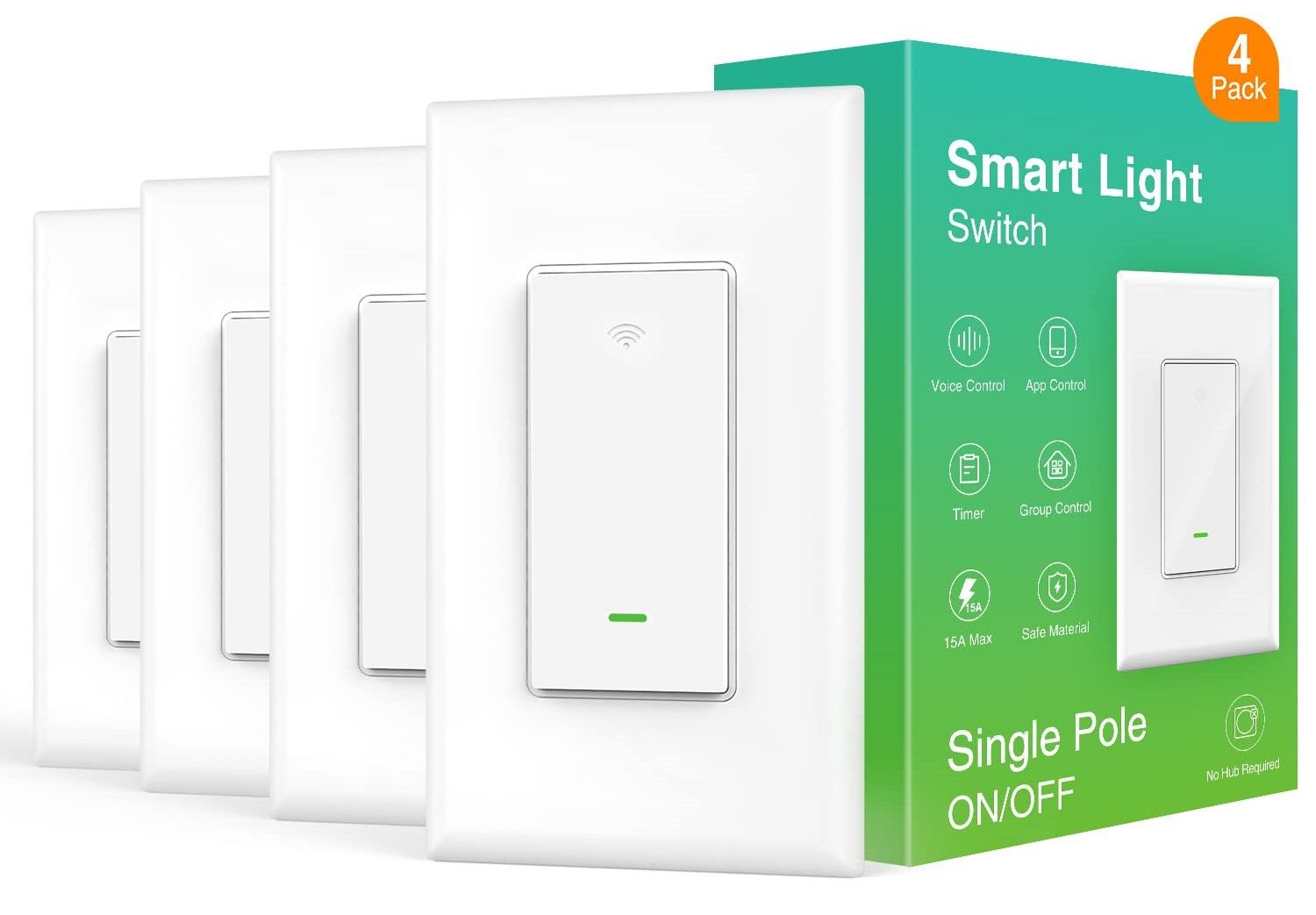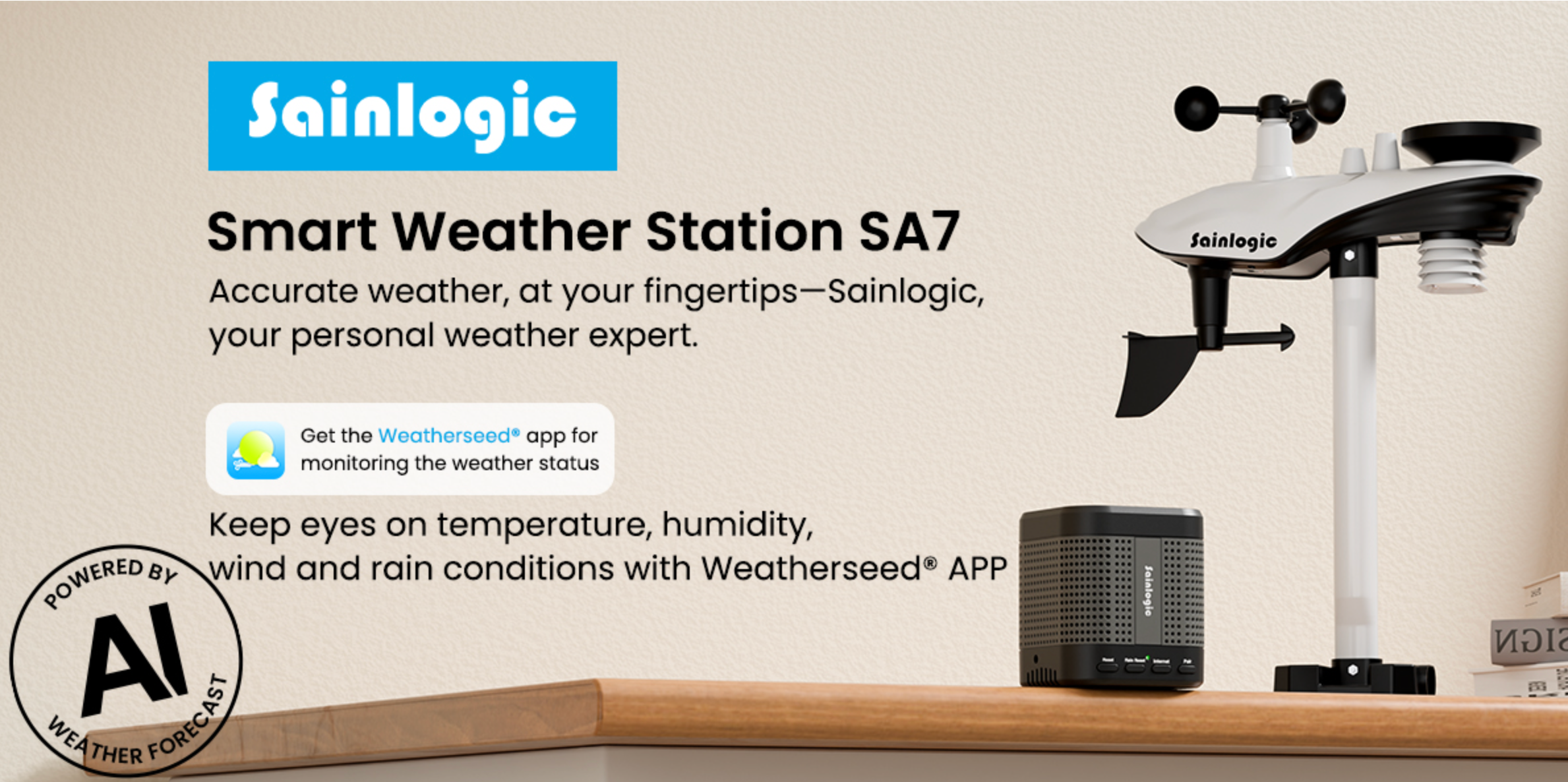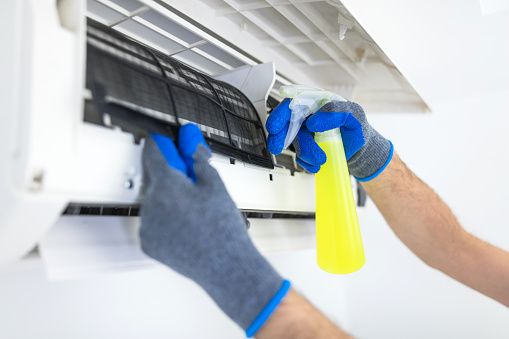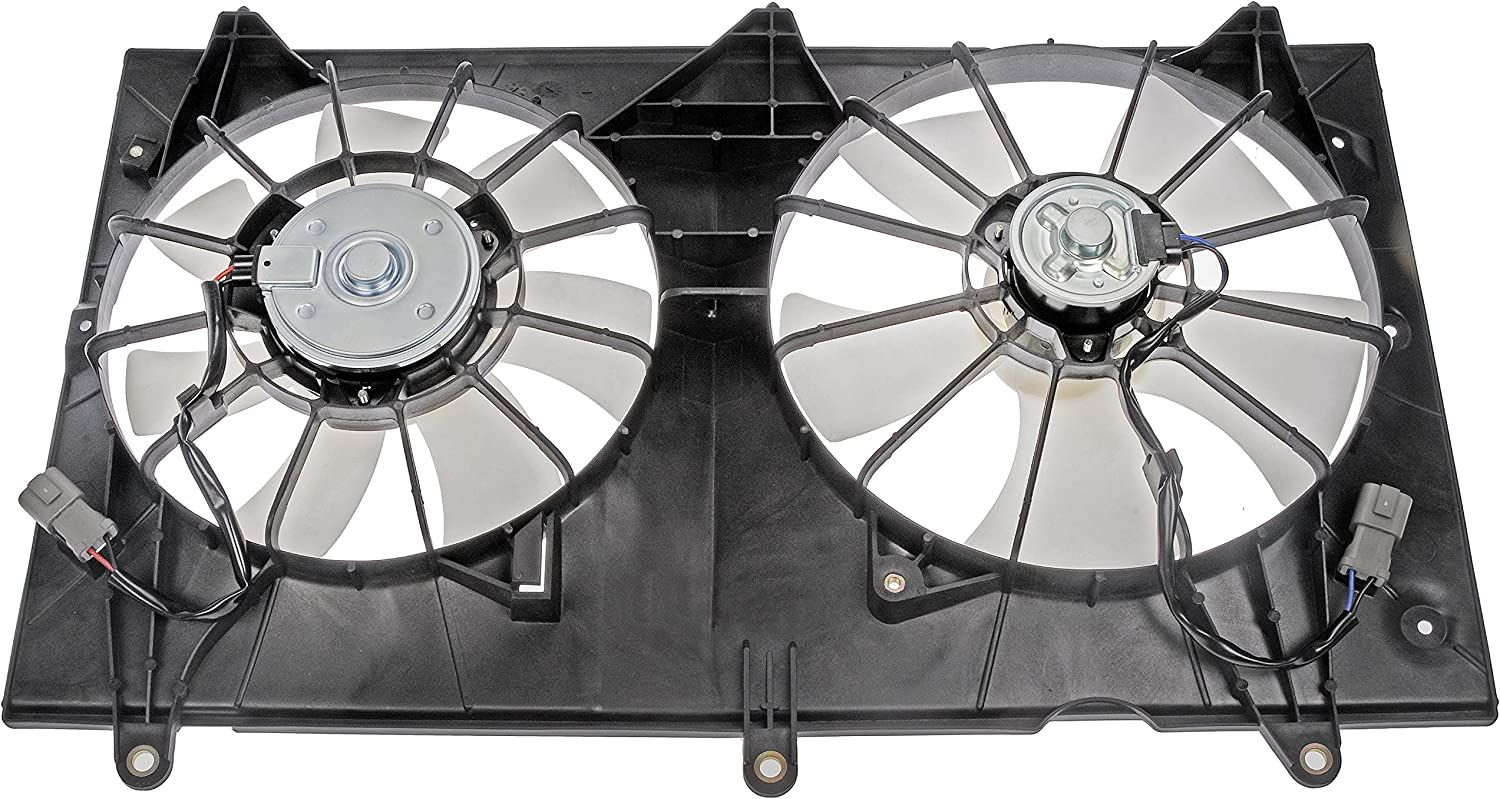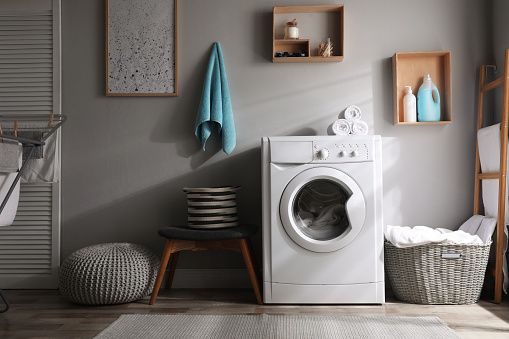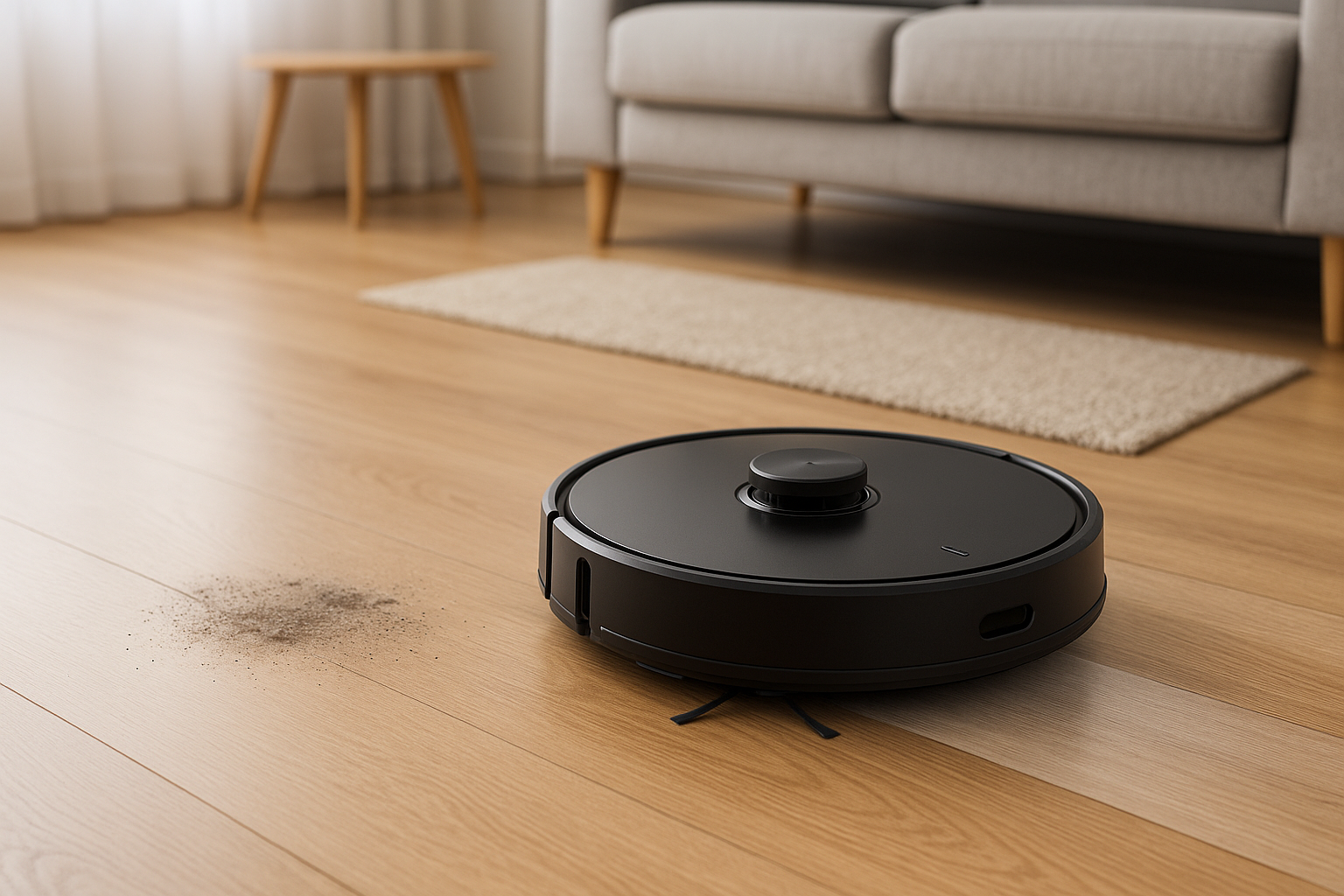
Let’s start with the basics.
A robot vacuum and mop is a smart device designed to automate your floor-cleaning tasks. These devices typically use sensors, mapping technology, and rechargeable batteries to navigate your home and clean a variety of floor types, including hardwood, tile, and low-pile carpets.
Some models vacuum only, while others offer both vacuuming and mopping functions. The combination units help tackle dust, pet hair, and light stains in one pass.
Not everyone needs a top-of-the-line device.
For many households, especially apartments or smaller homes, a cheap robot vacuum and mop provides more than enough cleaning power. These units generally cover basic cleaning needs and offer essential features like:
-
Scheduled cleaning
-
Obstacle detection
-
Auto-docking for charging
-
Dual functionality (vacuuming and mopping)
If your goal is routine upkeep rather than deep cleaning, an affordable model may be sufficient.
Here’s what happens behind the scenes.
These devices are equipped with motorized wheels, brushes, suction ports, and a water reservoir. They follow a programmed route or random pattern, collecting debris and wiping surfaces with a damp cloth or mop pad.
Lower-priced models often lack advanced mapping but rely on bump sensors and gyroscopic navigation to avoid walls and furniture. Many include infrared sensors to detect drops, helping them steer clear of stairs.
Battery life typically ranges from 60 to 120 minutes—long enough to cover one or two rooms at a time.
Even budget-friendly models come with useful functions. Here’s what to prioritize:
1. Dual Cleaning Modes
Not all models can vacuum and mop simultaneously. Some require swapping attachments, while others can handle both tasks in one go.
Look for separate water and dust compartments to ensure each function performs well.
2. Navigation System
Lower-end units usually lack laser mapping, but some use gyroscope navigation or infrared sensors for route planning. These systems help the vacuum move more efficiently and reduce random cleaning paths.
3. Battery Life and Charging Time
Battery runtime affects how much area the unit can clean in one cycle. Devices in the budget category usually run for about 90 minutes and take 3 to 5 hours to recharge.
4. Dustbin and Water Tank Capacity
Larger bins mean fewer interruptions. A decent budget unit should have a dustbin capacity of 0.3 to 0.6 liters and a water tank that holds enough for one or two rooms.
5. Surface Compatibility
Most affordable models perform well on hard surfaces like tile and wood but may struggle with thick rugs or high-pile carpet. Always check compatibility if you have a mix of flooring types.
Pros and Cons of Budget Models
Every choice has trade-offs. Let’s weigh the benefits and drawbacks of choosing a cheap robot vacuum and mop.
Advantages:
-
Affordable: Ideal for tight budgets or first-time buyers.
-
Hands-free cleaning: Automates daily chores.
-
Compact design: Easy to store and maneuver under furniture.
-
Basic scheduling: Many models allow for daily or weekly cleaning times.
Limitations:
-
Limited smart features: Fewer models offer app integration or voice control.
-
Simpler navigation: May miss spots or clean the same area repeatedly.
-
No deep scrubbing: Mopping function is best for light cleaning only.
-
Smaller coverage area: Best for apartments or single rooms.
Still, if your expectations align with what budget units can deliver, they can be a practical solution.
Wondering if a cheap model is right for you? Here are some scenarios where they shine:
-
Small apartments: Easy to clean within one cycle
-
Busy professionals: Automated cleaning while you’re away
-
Elderly users: Minimal physical effort required
-
Homes with hard floors: Ideal surface for vacuuming and mopping
If you fall into one of these groups, a budget unit could fit your needs just fine.
How They Compare to Traditional Cleaning Methods
Let’s get practical.
Compared to manual vacuuming and mopping, these devices save time and reduce the physical strain of cleaning. While they may not match the deep-clean quality of hand-scrubbing, they can maintain cleanliness between manual sessions.
They’re also quieter than upright vacuums and operate independently, freeing you to focus on other tasks.
Just keep in mind: you’ll still need to empty the bin and refill the water tank periodically.
Performance Considerations
Here are a few things that can affect how well a cheap robot vacuum and mop performs:
1. Pet Hair Collection
If you have pets, make sure the unit has a decent brush roll and suction power. While not all budget models handle fur efficiently, some are designed to function as a robot vacuum for pet hair with minimal tangling.
2. Obstacles and Clutter
These vacuums do best in open areas. Cords, loose rugs, and toys can block progress or cause malfunctions. Tidying up before each run enhances performance.
3. Maintenance Needs
Filters, mop pads, and brushes require occasional cleaning or replacement. Even the most affordable models need regular upkeep to remain effective.
Quiet operation is often overlooked.
Most budget robot vacuums produce around 55–65 decibels of sound—about as loud as a normal conversation. This makes them suitable for use during daytime hours without being disruptive.
For larger homes, look for a model with a “resume after charging” feature to ensure complete coverage even with a short battery life.
Want better results? Try these tips:
-
Run the unit daily to prevent buildup
-
Clear the floor of obstacles before each session
-
Clean filters and mop pads weekly
-
Place the docking station in an open area with a few feet of clearance
These small adjustments can extend the lifespan and improve the performance of your device.
Here’s the truth.
Most cheap robot vacuums and mops last 1–2 years with regular use. The key to extending their lifespan lies in routine maintenance—especially cleaning the sensors, charging contacts, and brushes.
Replacing parts like filters and mop pads as needed can also prevent performance issues.
While premium models might last longer, budget options still offer good value when maintained properly.
Here’s the truth.
Most cheap robot vacuums and mops last 1–2 years with regular use. The key to extending their lifespan lies in routine maintenance—especially cleaning the sensors, charging contacts, and brushes.
Replacing parts like filters and mop pads as needed can also prevent performance issues.
While premium models might last longer, budget options still offer good value when maintained properly.
Alternatives to Consider
Not every cleaning task requires a robot.
If you need deep carpet cleaning, a traditional vacuum may still be necessary. Similarly, for scrubbing sticky kitchen messes or sanitizing bathrooms, a manual mop often works better.
Think of robot vacuums and mops as part of a broader cleaning system, rather than a complete replacement.
Still, for day-to-day upkeep, they’re hard to beat in terms of convenience.
Not every cleaning task requires a robot.
If you need deep carpet cleaning, a traditional vacuum may still be necessary. Similarly, for scrubbing sticky kitchen messes or sanitizing bathrooms, a manual mop often works better.
Think of robot vacuums and mops as part of a broader cleaning system, rather than a complete replacement.
Still, for day-to-day upkeep, they’re hard to beat in terms of convenience.
A cheap robot vacuum and mop can deliver consistent, hands-free cleaning without the financial strain of premium models. While they come with some limitations, the time-saving benefits and ease of use make them a smart choice for many households.
Whether you're looking for the best budget robot vacuum for a small space or a basic unit to maintain cleanliness between deep cleanings, these devices can play a valuable role in your home cleaning routine.
By understanding their features, limitations, and maintenance needs, you can make an informed decision and get the most value from your investment.


